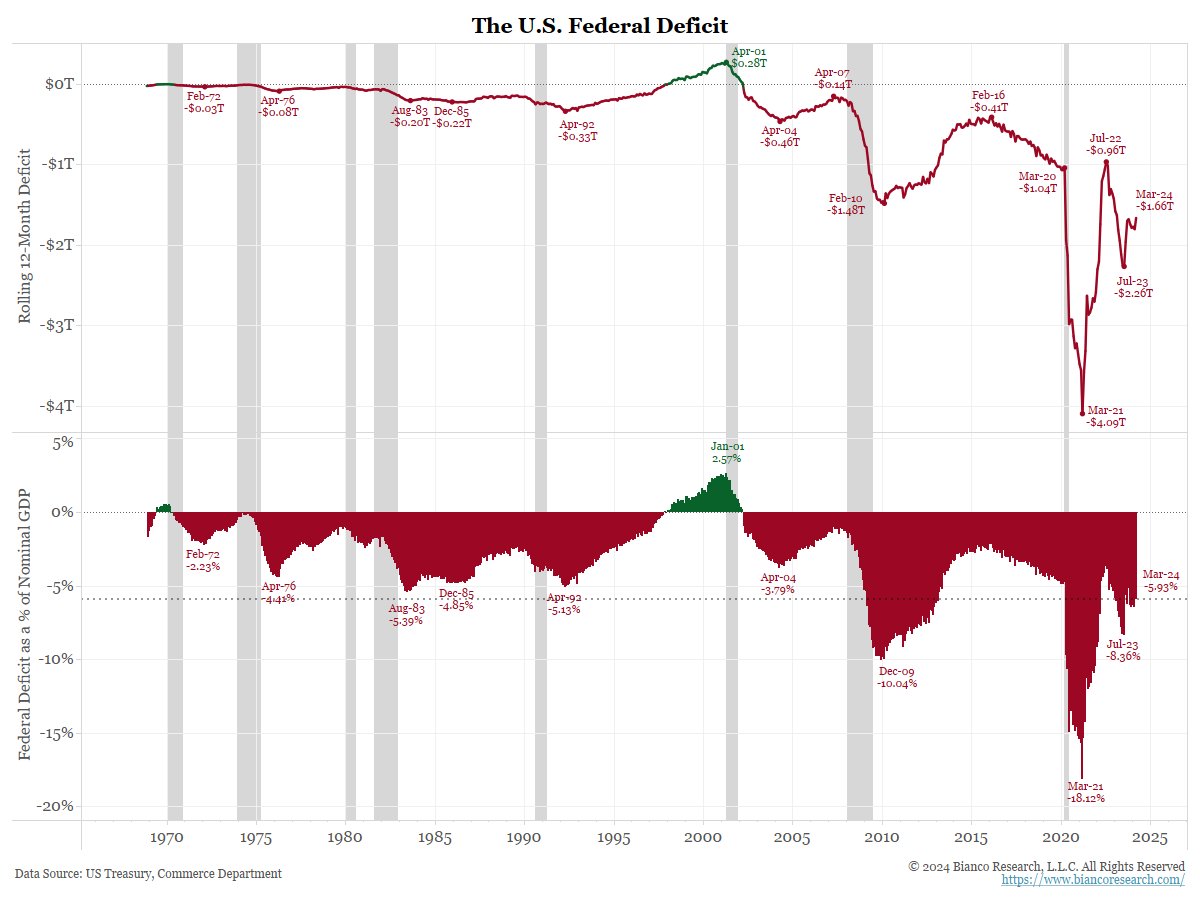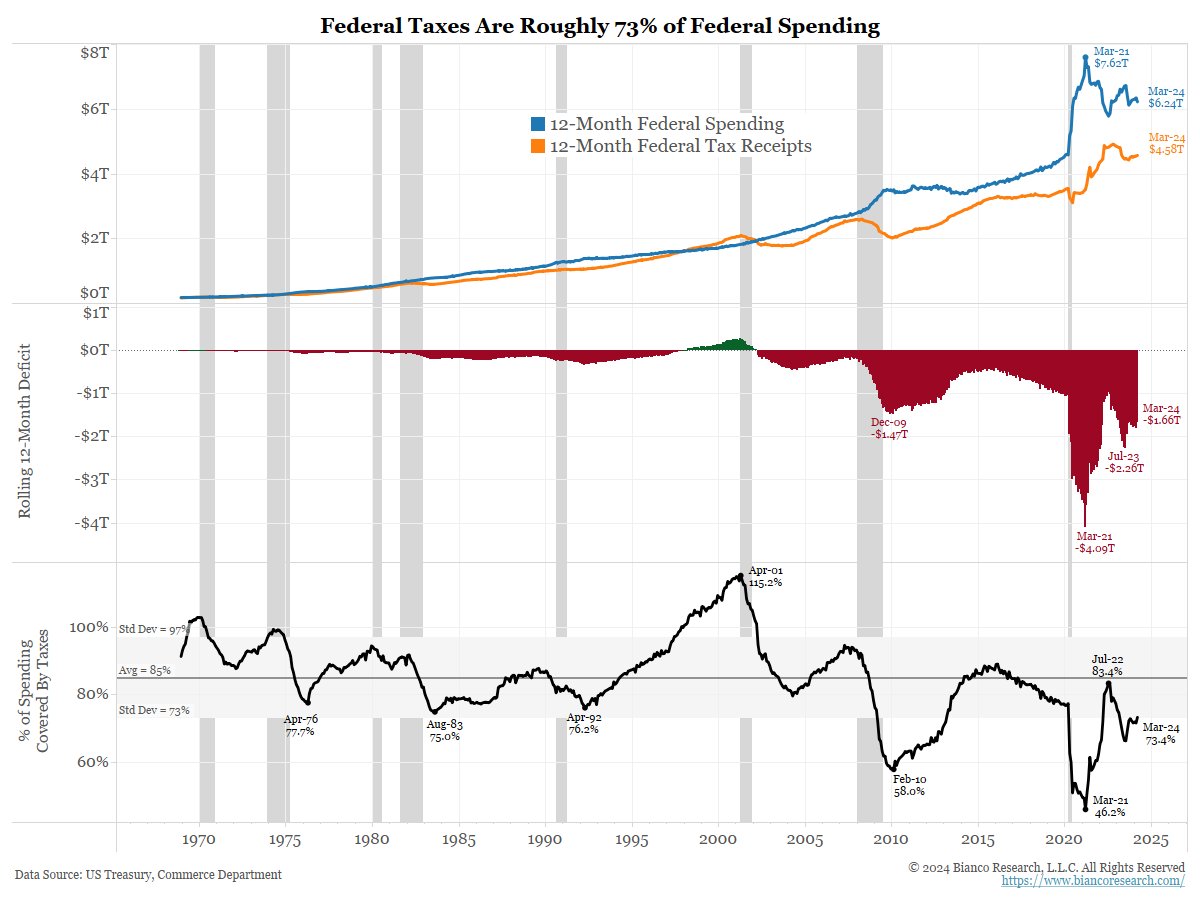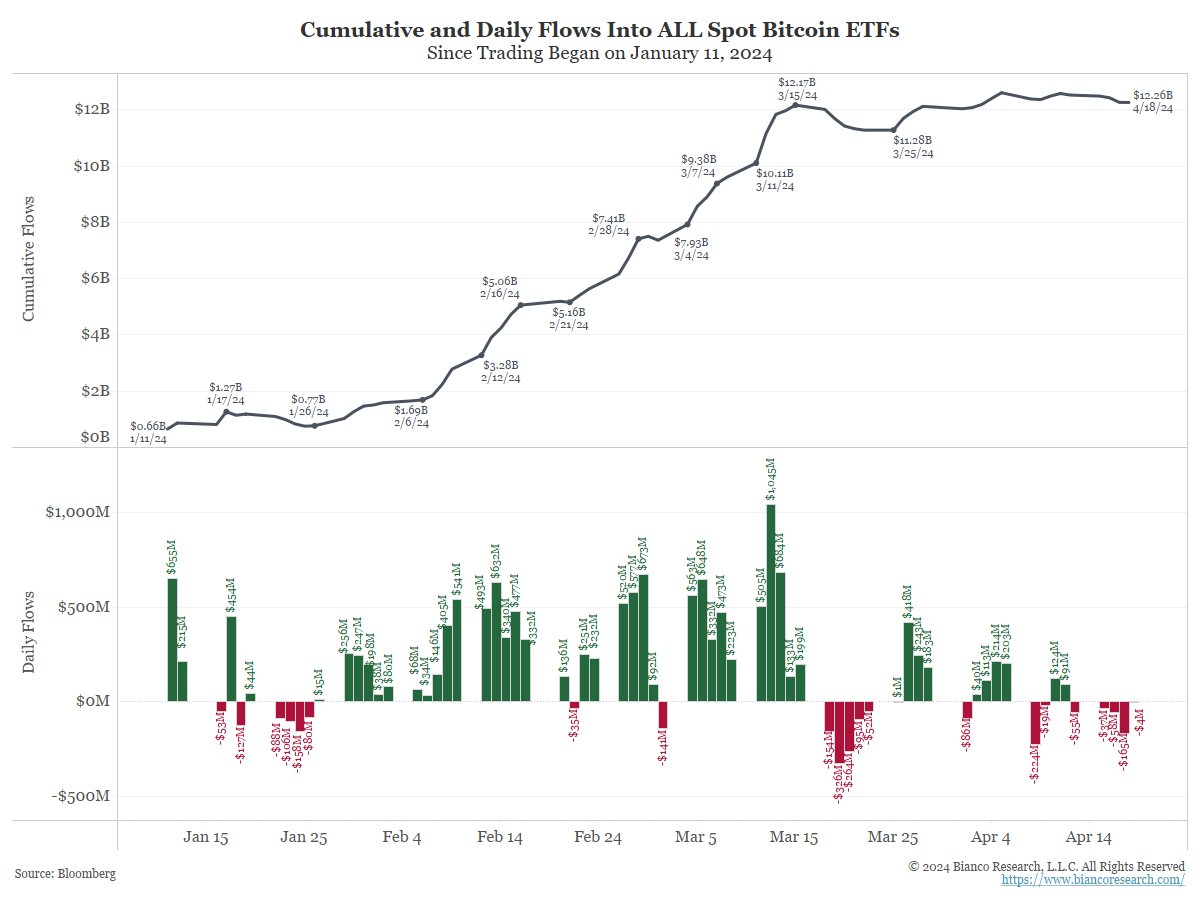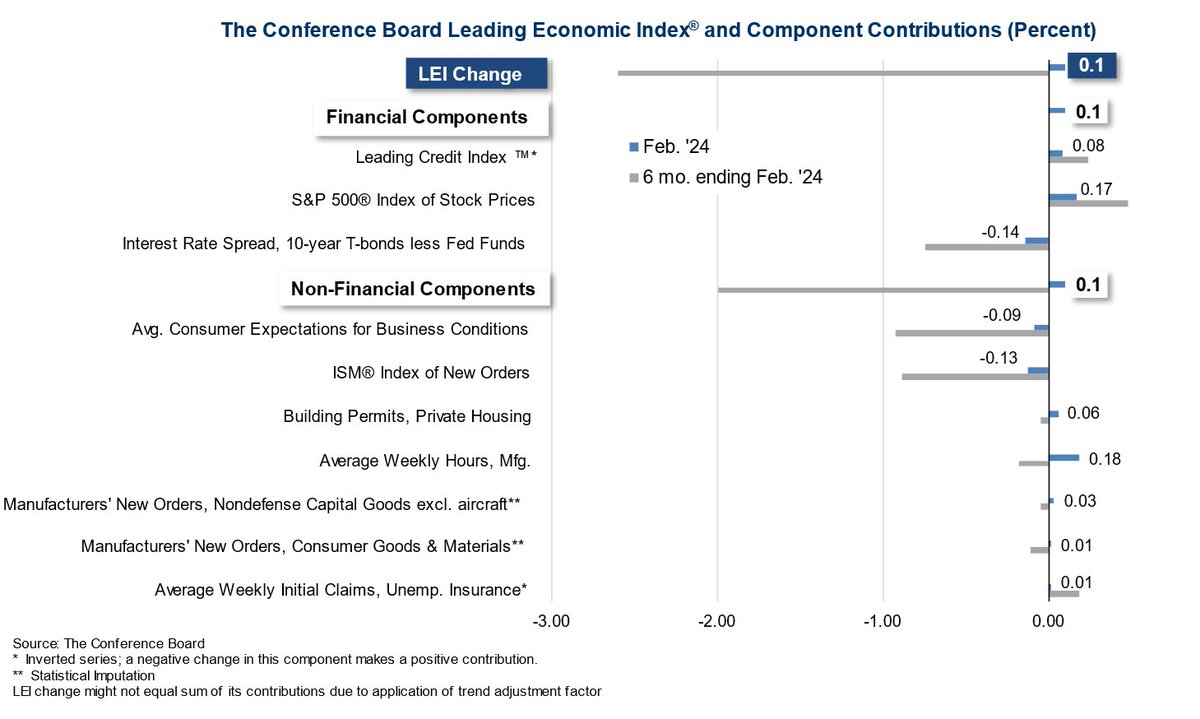
Macro investment research at https://t.co/hQqAza8GGP
Our total return index is at https://t.co/vta9eqevnU
The ETF WTBN tracks our Index.
biancoresearch.eth




 122 subscribed
122 subscribed




 122 subscribed
122 subscribed
How to get URL link on X (Twitter) App





 122 subscribed
122 subscribed




https://x.com/DylanLeClair_/status/17827497935104782152/11

 2/6
2/6






 2/8
2/8

 2/5
2/5



 2/4
2/4https://x.com/NickTimiraos/status/1768585432566997332?s=20

 2/4
2/4

https://twitter.com/NickTimiraos/status/17685854325669973322/7

 2/4
2/4

 2/9
2/9

 The black line is BTC's price (right scale)
The black line is BTC's price (right scale)

 2/6
2/6

 2/7
2/7